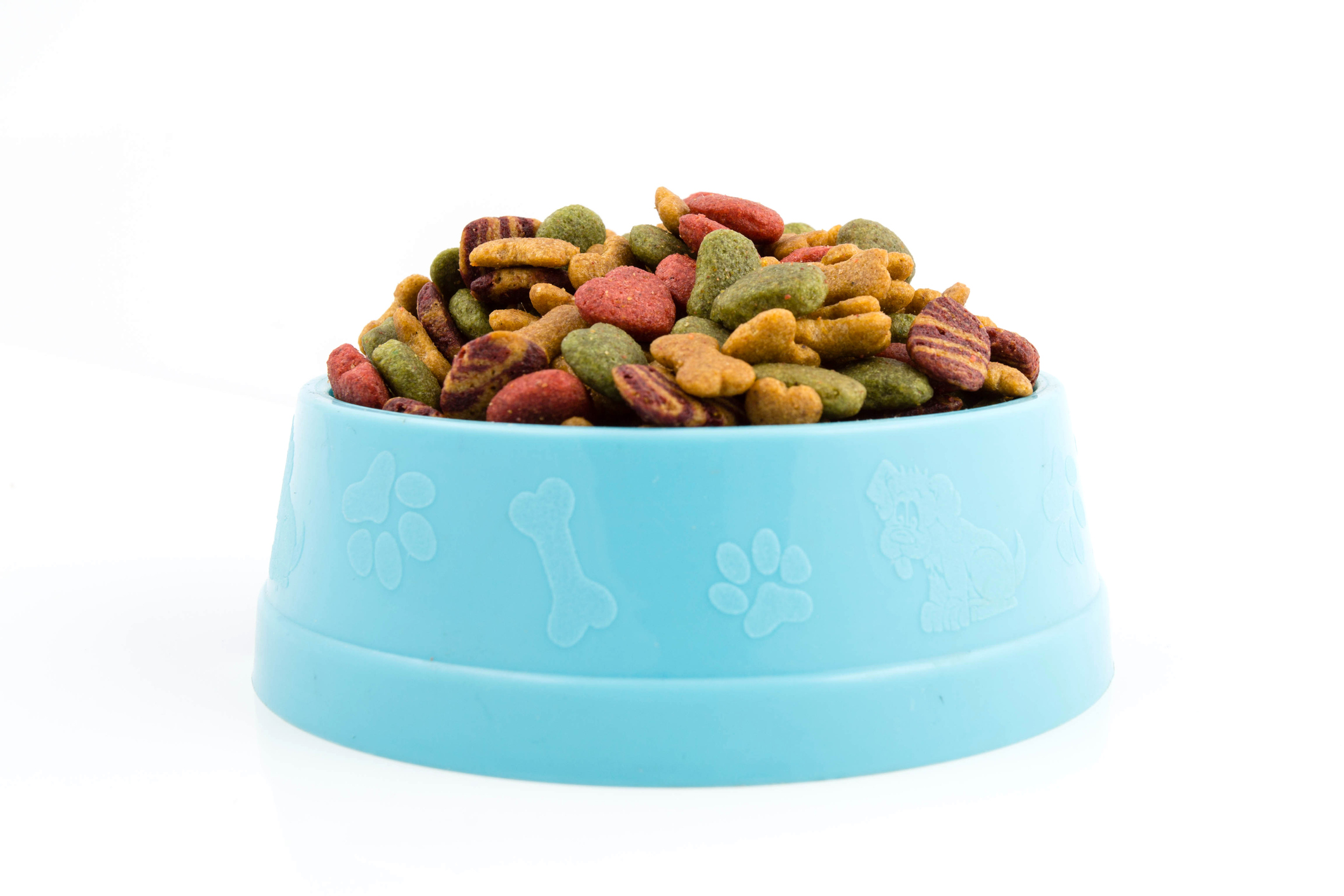
The Ugly Truth About Your Pet's Food Bowl
Every time you use a kitchen utensil, plate or bowl, you more than likely put it in the sink or dishwasher to be washed thoroughly before you use it again. This is common practice to avoid spreading germs or allowing bacteria to multiply. But when it comes to a pet’s food or water bowls, many pet owners can’t recall the last time they washed them!
Pet bowls should be treated just like your own dishware—cleaned and sanitized regularly to ensure that bacteria isn’t allowed to flourish and make you or your pet sick. Unfortunately, there may be more to pet bowl cleanliness than most owners realize.
Pet bowls can harbor lots of bacteria

Pet bowls are some of the most bacteria-filled places in your home. If you aren’t washing your pet’s food and water bowls each day, bacteria will begin to grow in them, infecting the food and water your pet ingests every day. Dangerous bacteria like Salmonella or E. coli might flourish in these bowls, ultimately putting your pet at risk when they eat or drink and even putting you at risk when you handle them. Proper cleansing of your pet’s food bowls is even more important if you’re feeding your pet a raw diet.
Another thing you should be mindful of is your pet bowl placemat. Although these mats are great for containing spills from messy eaters, they can also develop bacterial growth and should be cleaned just as regularly as your pet’s bowls.
Picking the safest pet bowl material
What a lot of pet parents don’t realize is that the type of bowl your pet eats and drinks out of could put them at an increased risk for bacterial infection, as well. When choosing your pet’s food bowls, don’t immediately reach for the cheapest or the cutest options. Learn more about the brand they come from and what materials the bowls are made out of to keep your pet safe.
Plastic bowls come with some of the highest risks. Many plastic pet bowls are poorly made. Over time, these bowls can develop microscopic cracks or scratches that can harbor bacteria. If you’re not washing the bowls regularly or don’t disinfect them deeply enough, that bacteria can remain and potentially make your pet sick. However, even if you are washing and disinfecting these bowls regularly, it can be difficult to get all the bacteria out of the tiny cracks.
Rather than use plastic pet bowls, opt for sturdy bowls made of non-porous materials like ceramic or stainless steel. These materials are less likely to develop cracks where bacteria can thrive, making them easier to clean and safer for your pets.
Ceramic bowls are a relatively inexpensive and reliable option. However, ceramic does have the potential to crack over time with frequent use, so you’ll want to keep an eye out for any damage to the bowls. Additionally, some pets are more aggressive eaters and could potentially damage the bowl by knocking it over.
Stainless steel bowls are typically the most reliable and safest pet bowls. Although they typically cost a little more, they last a long time and are easy to clean and disinfect. They also stand up to a lot of use and are unlikely to break if your pet tips them over or otherwise moves them around during feeding time.

How to clean your pet’s bowls properly
Thankfully, it’s easy to clean your pet’s bowls thoroughly and keep bacterial growth at bay.
- Have back-up bowls: Having two sets of bowls can make cleaning and feeding times easier. If you need to pull your pet’s bowls for cleaning, replace their water (and food, if you free feed) in a new set of bowls so your furry friends don’t have to go without while you clean their usual set.
- Wash daily: Once a day, you should wash both the food and water bowl with soapy water, just like you wash your regular dishes. You can even throw these bowls in the dishwasher, as long as they are dishwasher safe.
- Thoroughly sanitize: In addition to a daily cleaning, it’s a good idea to deeply sanitize your pet’s bowls at least once a week. You can do this by running them through a dishwasher cycle that uses high heat or by soaking them in a pet-safe disinfectant solution like diluted bleach. If you’re using a disinfectant, soak the bowls for around 10 minutes before rinsing them with water and letting them air dry.
- Don’t forget the placements: Bowl placemats should also be washed and sanitized along with your pet’s bowls. If you use a fabric placemat, you can wash it in the washing machine, but using plastic mats are much easier to wipe down daily and sanitize.
By implementing a rigorous cleaning schedule for your pet’s bowls, just like you do with your own, you’ll mitigate bacterial growth and help both you and your pet stay safe and healthy.


